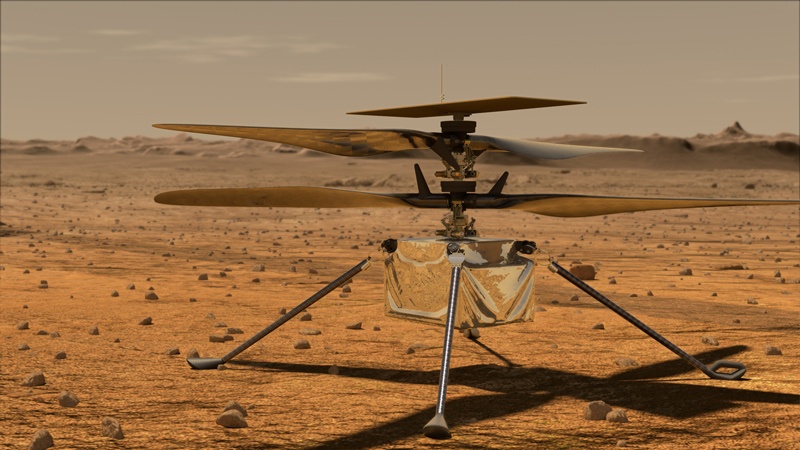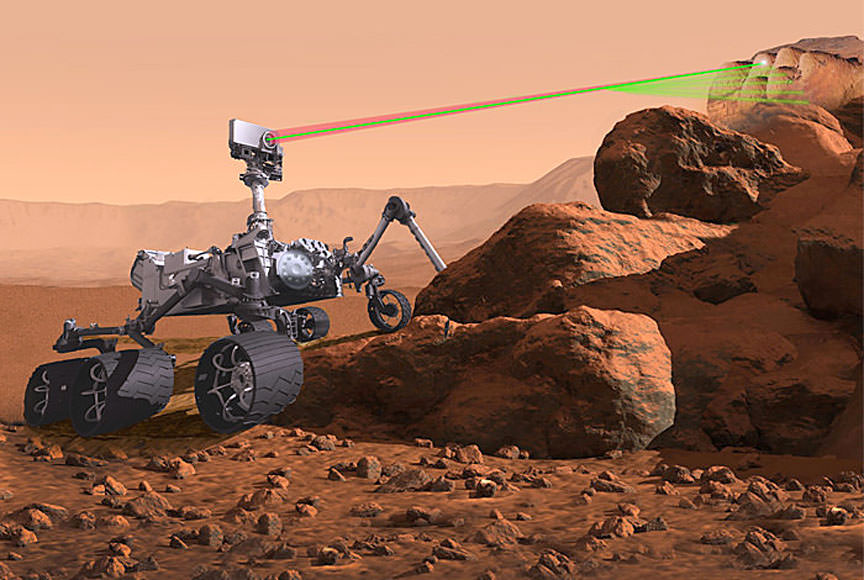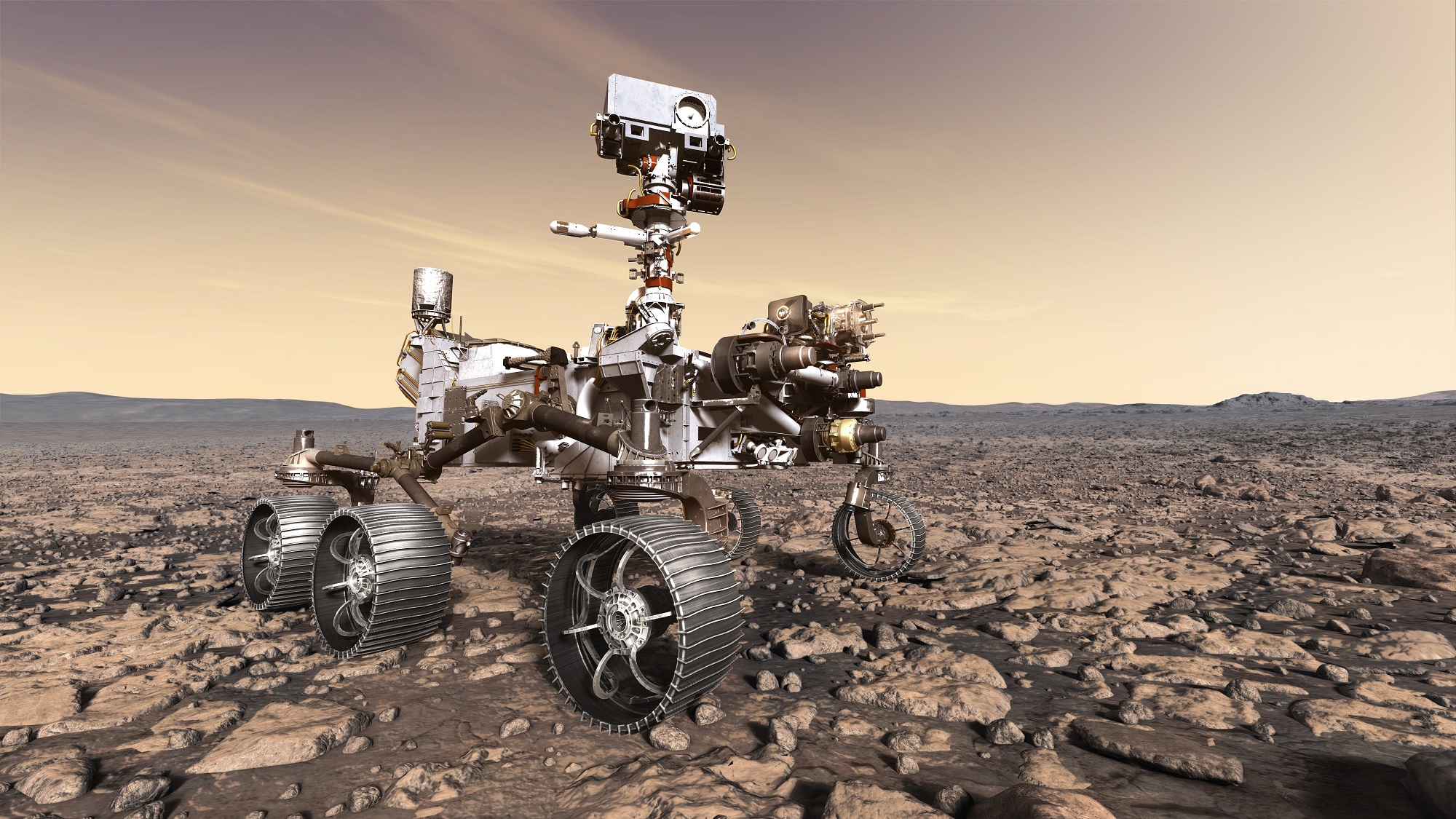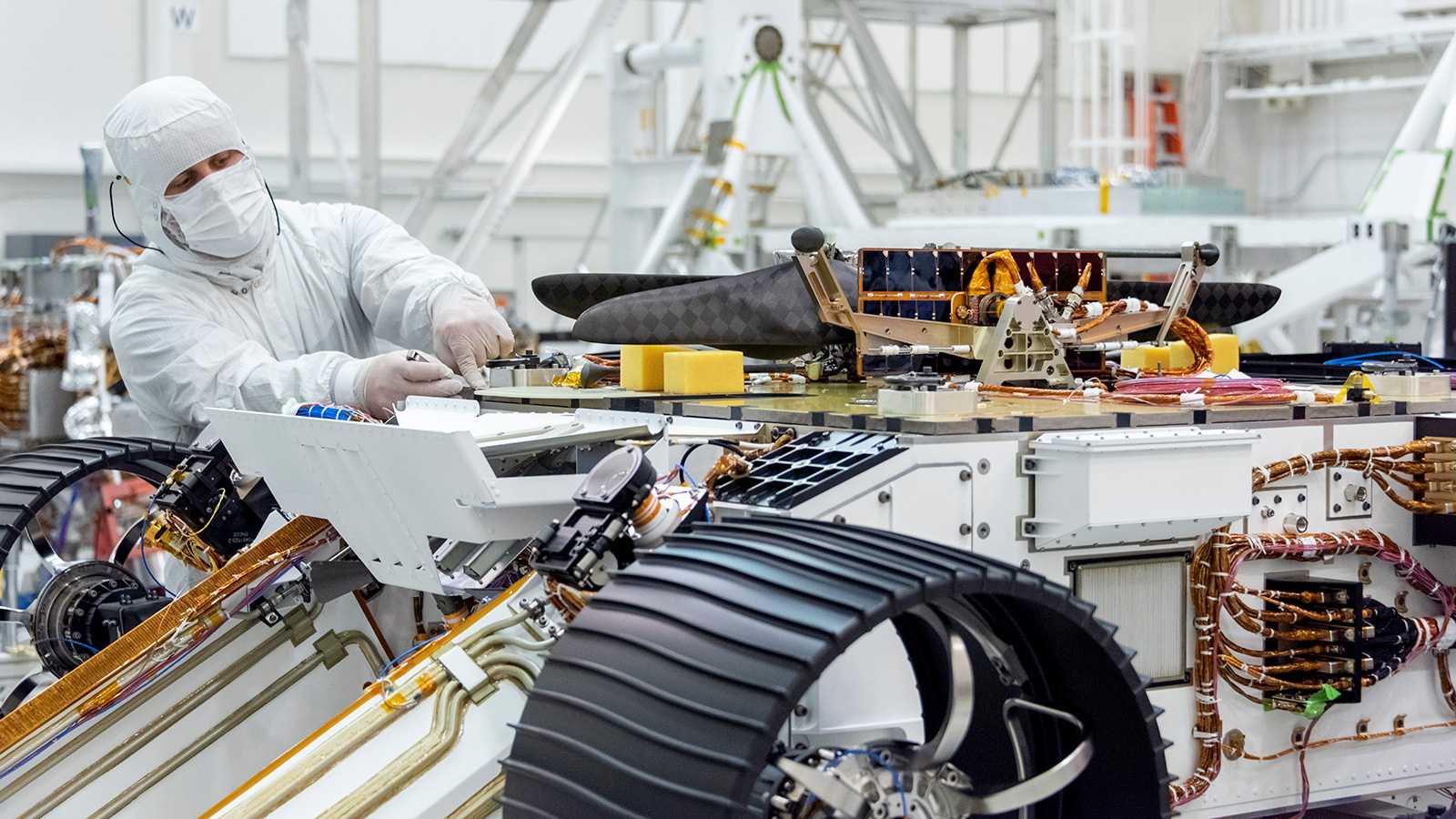In 2018, NASA decided that the landing site for its Mars 2020 Perseverance rover would be the Jezero Crater. At the time, NASA said the Jezero Crater was one of the “oldest and most scientifically interesting landscapes Mars has to offer.” That assessment hasn’t changed; in fact it’s gotten stronger.
A new research paper says that the Jezero Crater was formed over time periods long enough to promote both habitability, and the preservation of evidence.
Continue reading “NASA’s Perseverance Rover is Going to Jezero Crater, Which is Looking Better and Better as a Place to Search for Evidence of Past Life on Mars”









